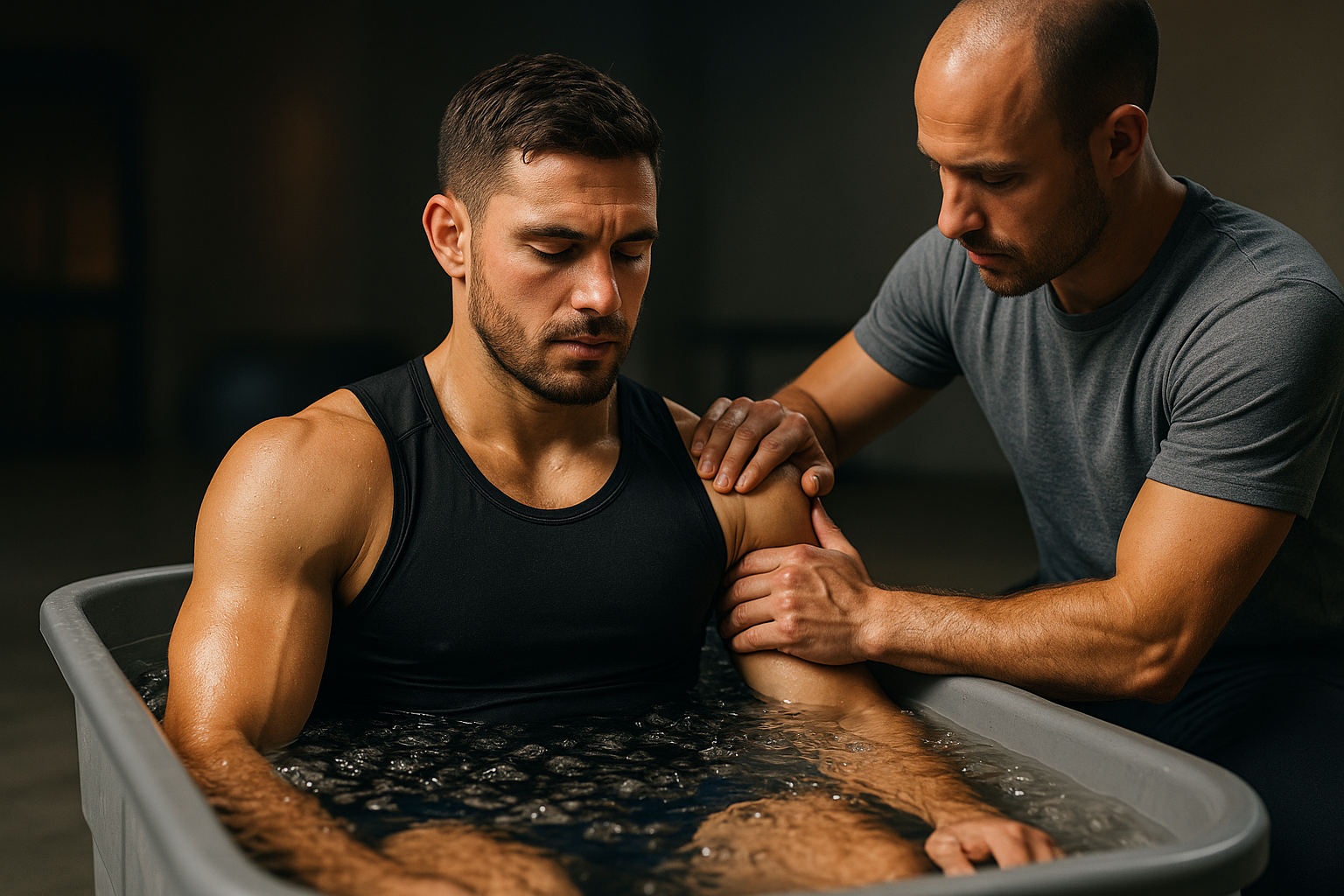Injury Prevention Techniques for Competitive Athletes
Effective injury prevention combines smart training, targeted nutrition, consistent recovery, and data-informed coaching. This article outlines practical techniques for athletes, teams, and youth programs to reduce injury risk while preserving long-term performance and participation.

In competitive sport, preventing injury requires a coordinated approach that balances load, technique, and recovery to sustain performance over time. Athletes who prioritize progressive training, effective warm-ups, and movement quality lower their short-term injury risk and support long-term availability for competition. Integrating education for coaches and teammates, plus structured return-to-play plans, helps maintain fitness while reducing recurrence. Attention to sleep, hydration, and daily movement patterns complements formal training, creating a resilient athlete profile that is better prepared for the demands of high-level competition.
This article is for informational purposes only and should not be considered medical advice. Please consult a qualified healthcare professional for personalized guidance and treatment.
How can training strategy reduce injury risk?
Progressive training strategy matters more than sheer volume. Periodizing intensity and volume allows the athlete to develop fitness adaptations while minimizing sudden load spikes that often lead to injury. Technique-focused sessions—emphasizing strength, mobility, and neuromuscular control—support safe movement under fatigue. Coaches should monitor markers like session RPE and training hours, adjusting plans when performance or soreness increases. Athlete education on pacing and individualized training plans helps translate strategy into consistent practice habits that protect tissue resilience across a season.
What role do nutrition and recovery play?
Nutrition and recovery are pillars of tissue repair and adaptation. Adequate protein, balanced macronutrients, and micronutrients that support bone and soft-tissue health help athletes recover between sessions. Hydration and timing of meals influence performance and perceived exertion, which can indirectly affect injury risk. Active recovery strategies—such as light aerobic work, mobility, and sleep optimization—promote restoration without detracting from fitness gains. Monitoring recovery through subjective scales or simple metrics can guide day-to-day adjustments to training load.
How should coaching and teamwork support safety?
Effective coaching creates an environment where injury prevention is a shared responsibility. Clear communication between coaches, medical staff, and athletes enables early identification of risk factors like abrupt performance changes or persistent pain. Teaching safe technique, enforcing appropriate progression, and fostering teamwork that encourages reporting problems rather than playing through pain can reduce avoidable injuries. Team structures that integrate conditioning coaches and physiotherapists into routine planning ensure prevention is embedded in daily practice rather than treated as an afterthought.
How can wearable tech and analytics inform prevention?
Wearable devices and analytics provide objective data to complement observation. Metrics like workload, heart rate variability, sleep duration, and movement symmetry can highlight trends that precede injury. When used thoughtfully, analytics help tailor training loads and recovery recommendations to individual athletes. Privacy and data literacy are essential: athletes and staff should agree on what is collected and how it informs decision-making. Technology is a tool that supports, not replaces, contextual judgment from experienced practitioners.
What approaches work for youth and grassroots programs?
Youth and grassroots programs should prioritize long-term athletic development over early specialization. Multisport participation, foundational movement skills, and age-appropriate strength and conditioning reduce the risk of overuse injuries. Coaching at this level should focus on fun, progressive skill-building, and adequate rest periods between competitions. Community awareness and coach education in basic injury recognition and referral pathways help young athletes access care early and sustain participation in sport as they progress to higher levels.
Which competition and performance strategies reduce injury recurrence?
Competition strategies that mitigate injury include managing match minutes, implementing effective substitutions, and avoiding rapid escalation of competitive intensity after long breaks. Return-to-play protocols that combine objective testing with graded exposure to sport-specific tasks reduce re-injury rates. Emphasizing recovery between competition blocks—through nutrition, sleep, and planned light training—supports performance continuity. Integrating psychological readiness and confidence-building into return protocols ensures athletes are physically and mentally prepared to re-engage safely.
Injury prevention for competitive athletes is multifaceted: it blends strategic training, sound nutrition and recovery, informed coaching, and the selective use of technology and analytics. Programs that emphasize progressive load management, movement quality, and team communication create resilience and reduce downtime. Youth and grassroots initiatives that build broad physical literacy contribute to safer long-term athlete development. When prevention is systematic rather than reactive, athletes maintain fitness and competitive availability across seasons.





